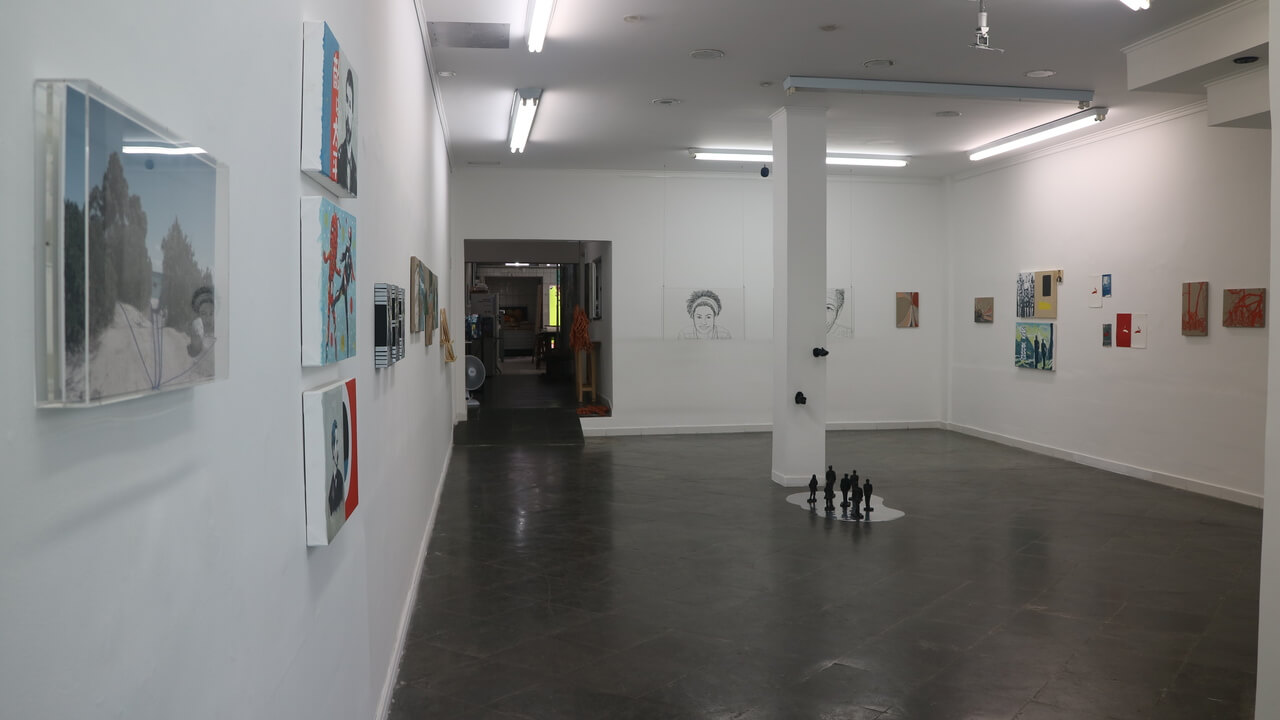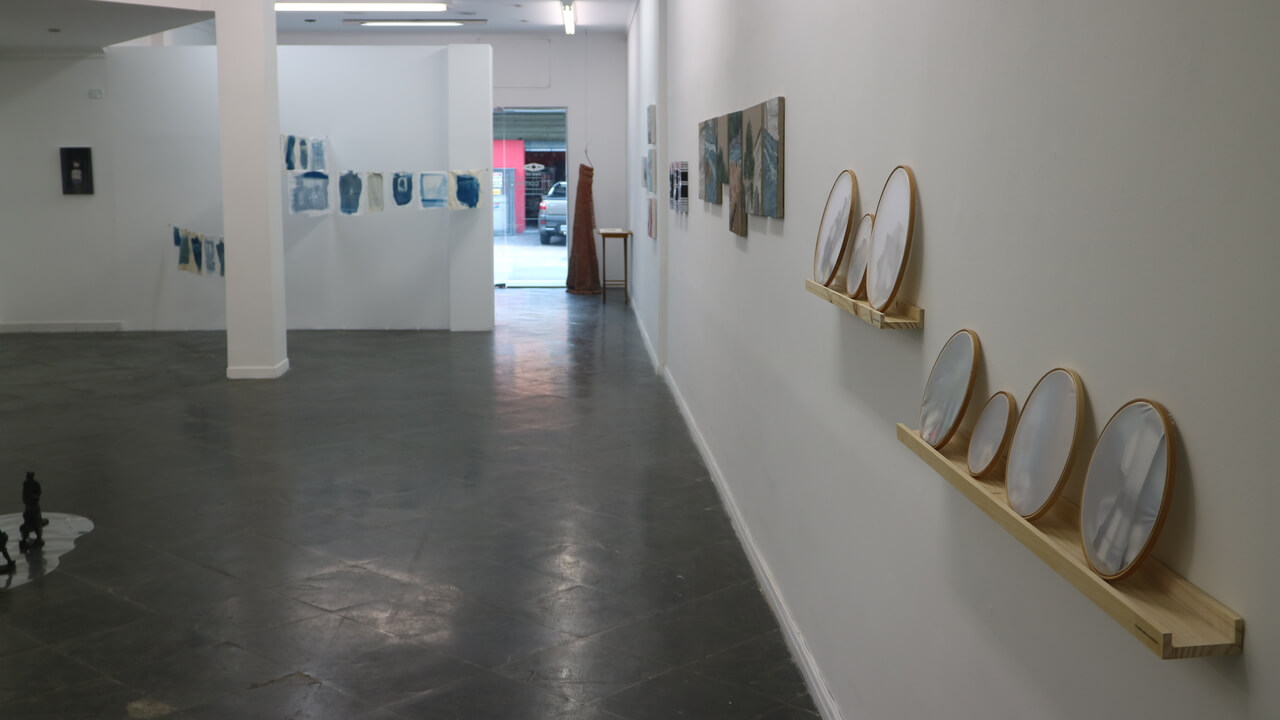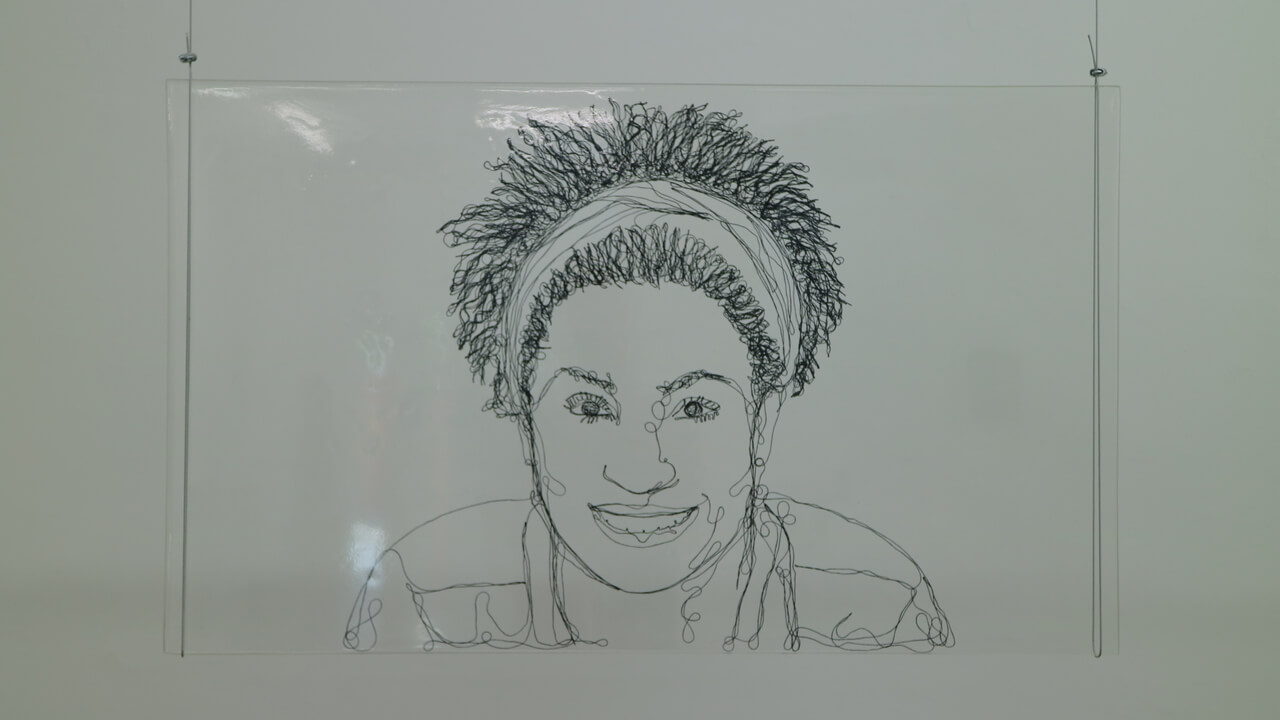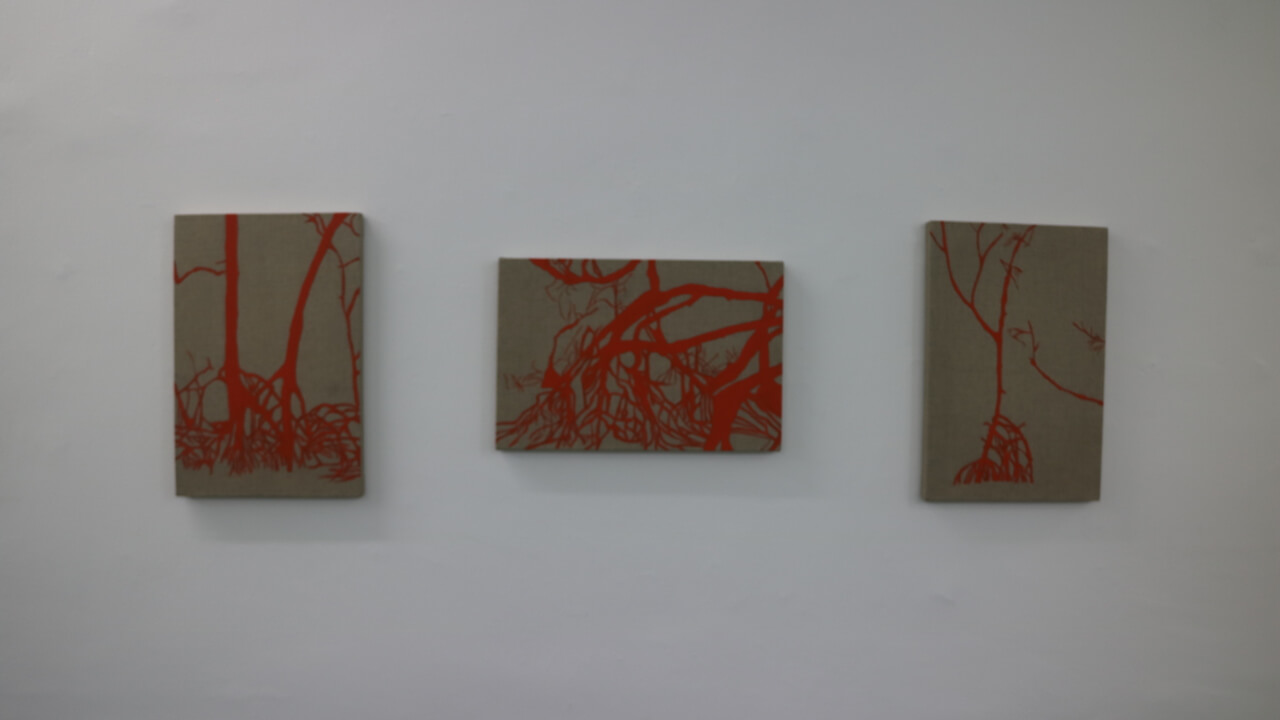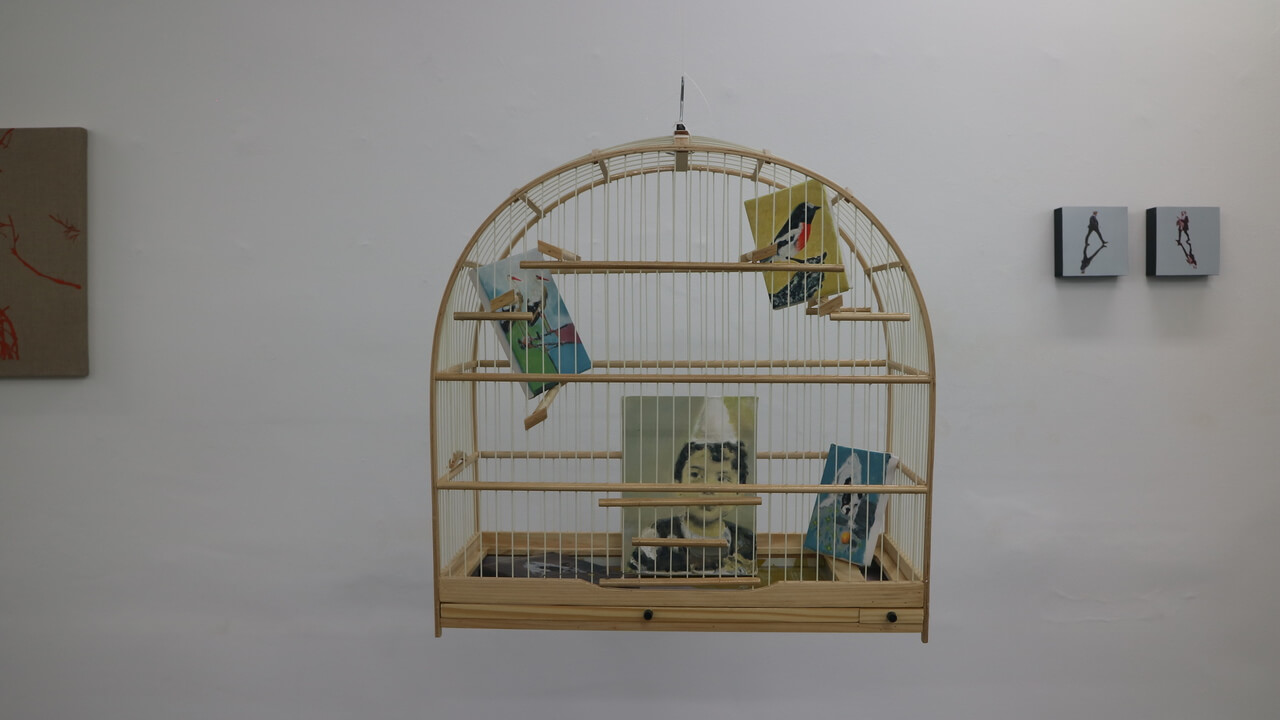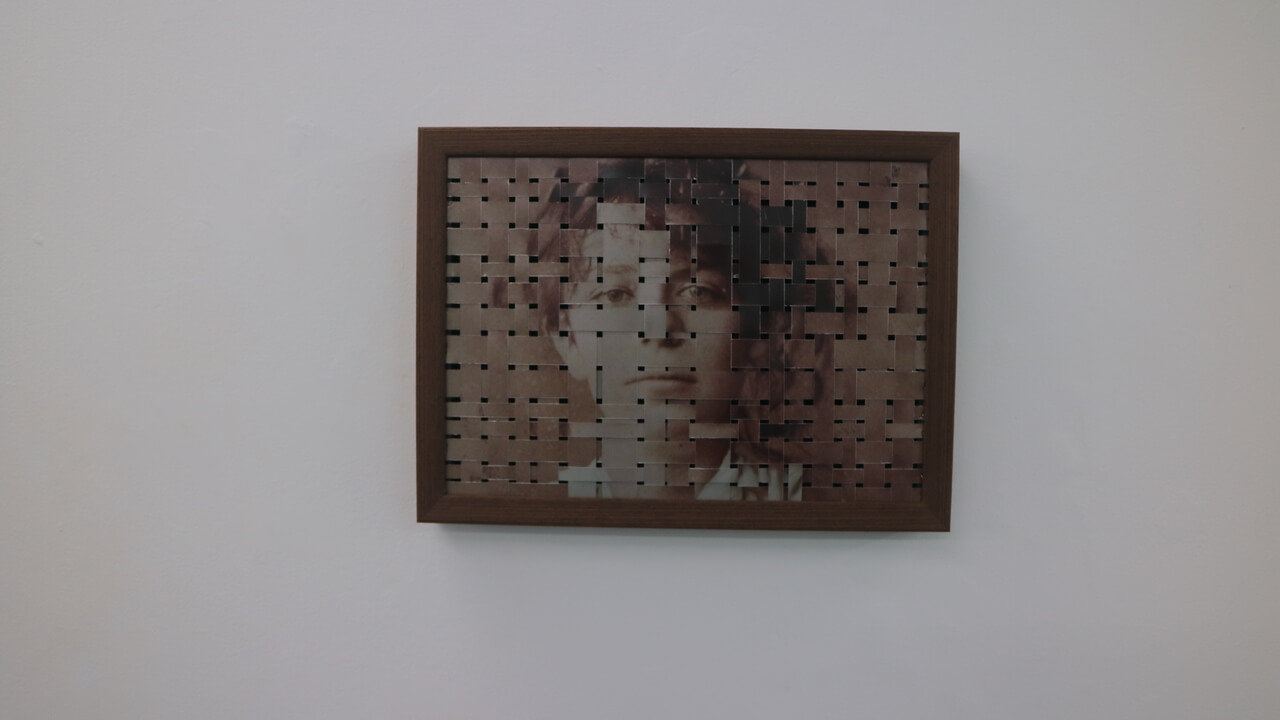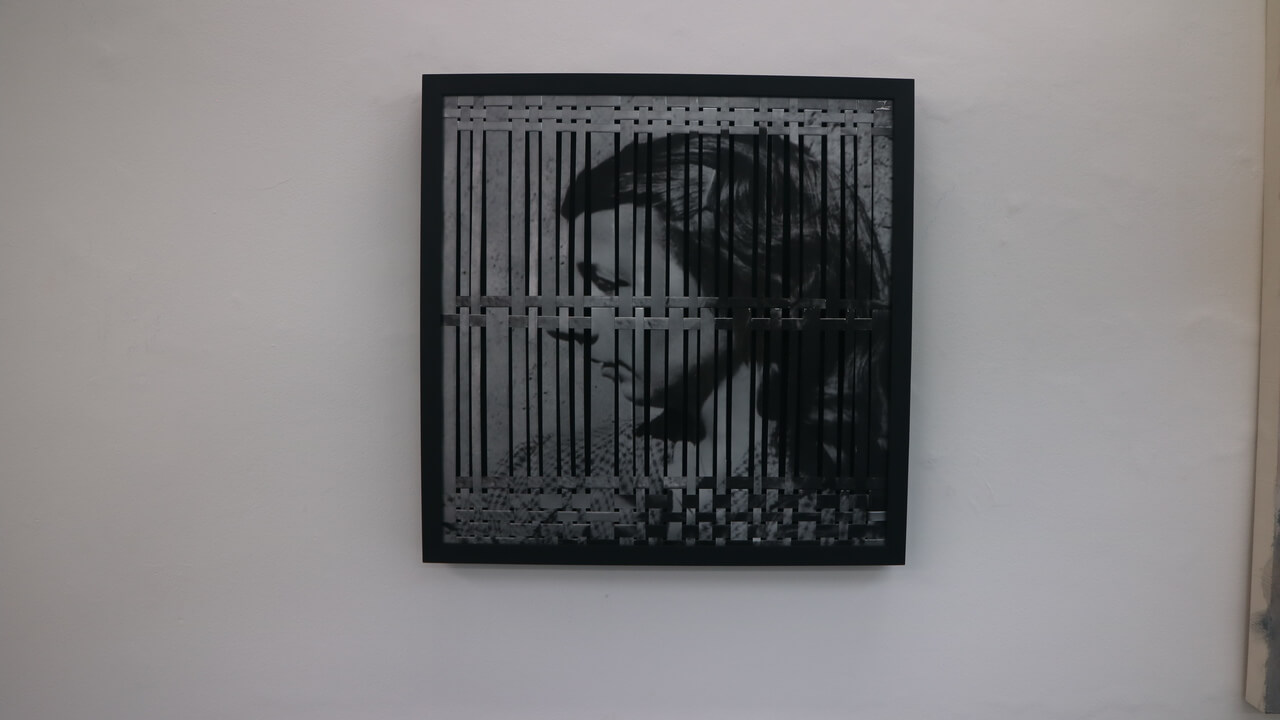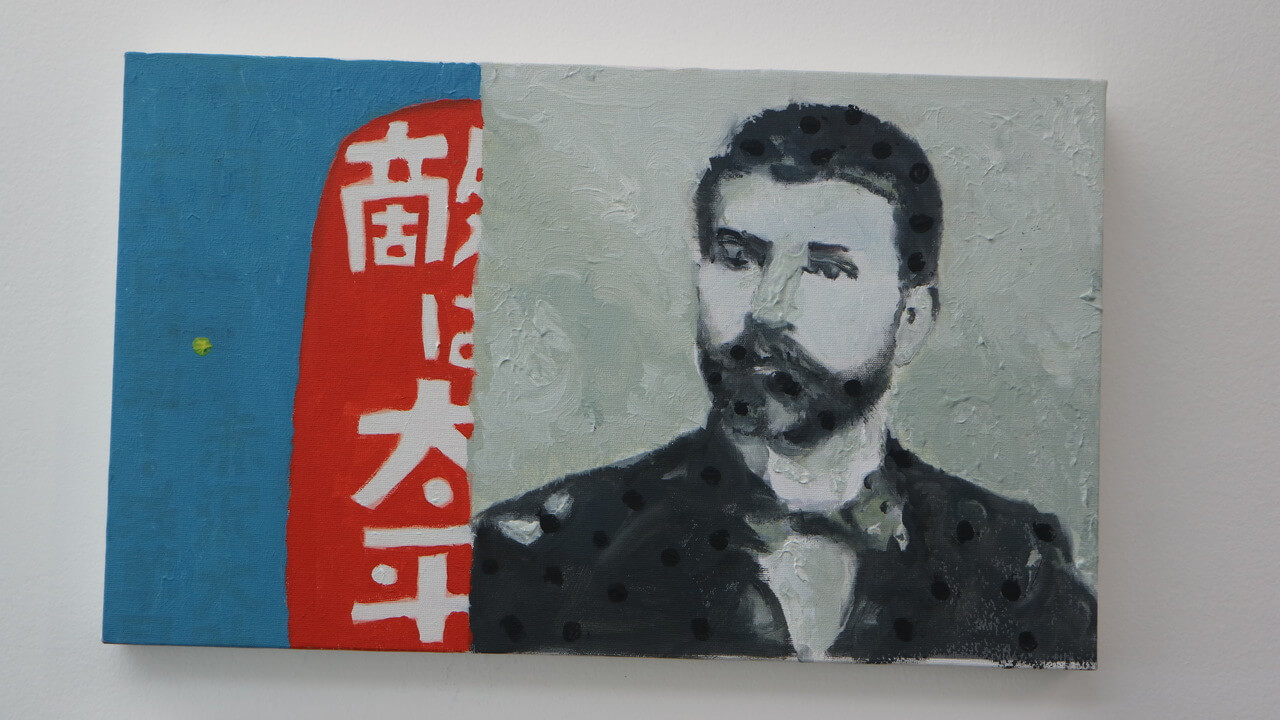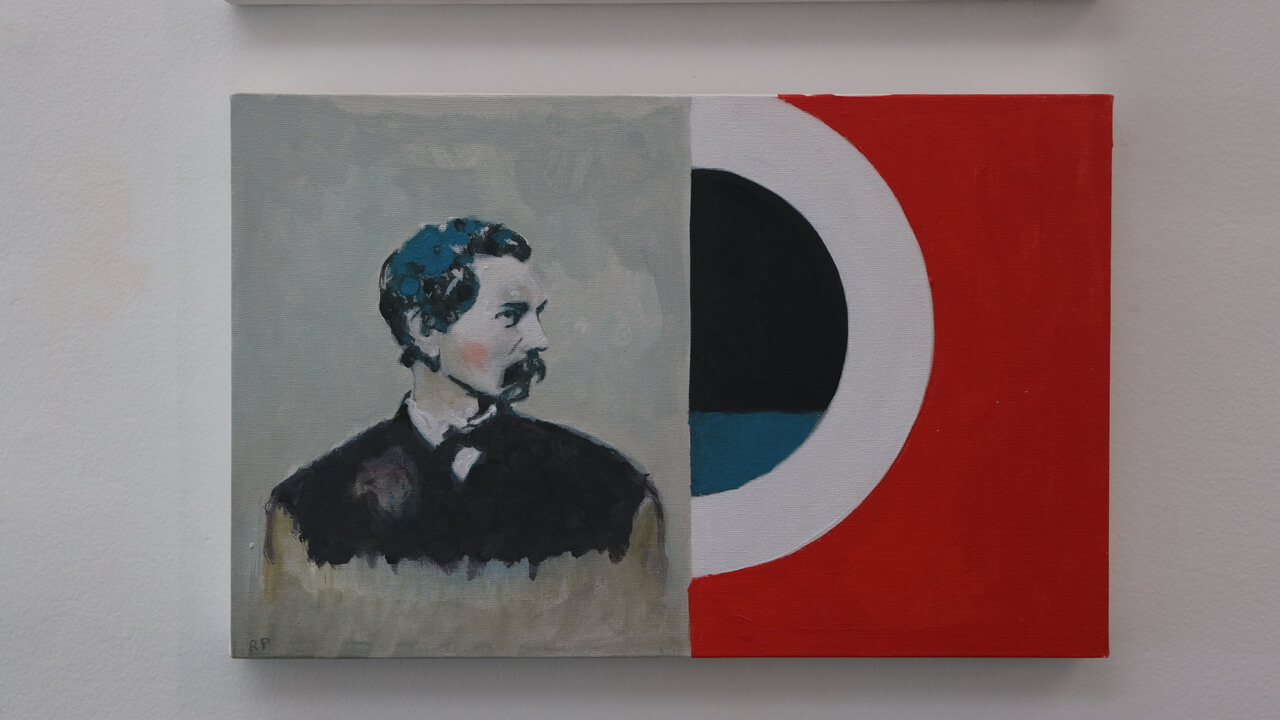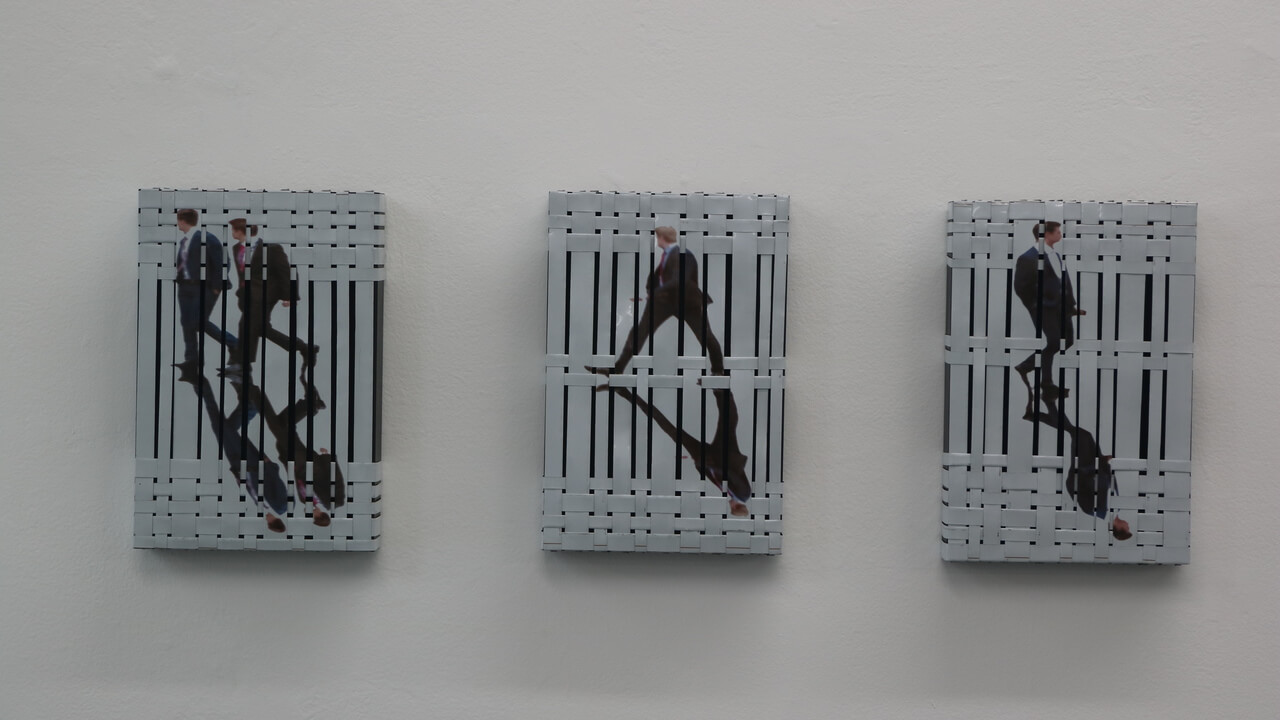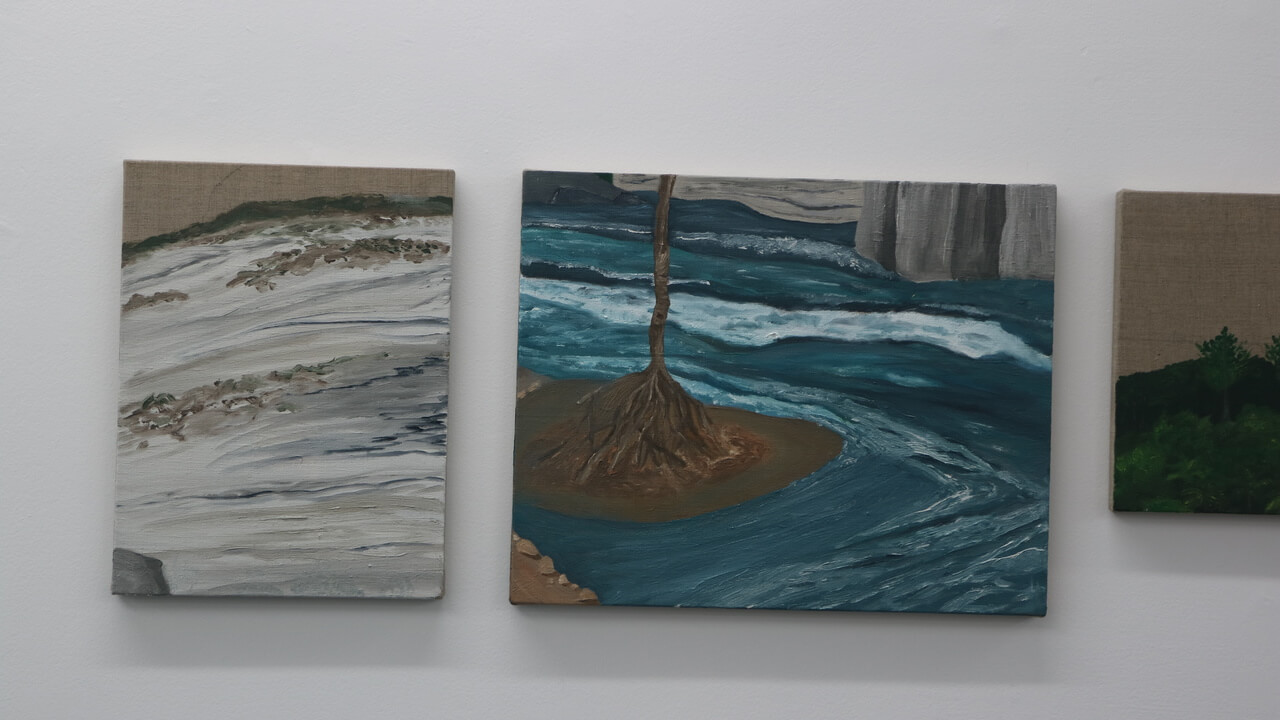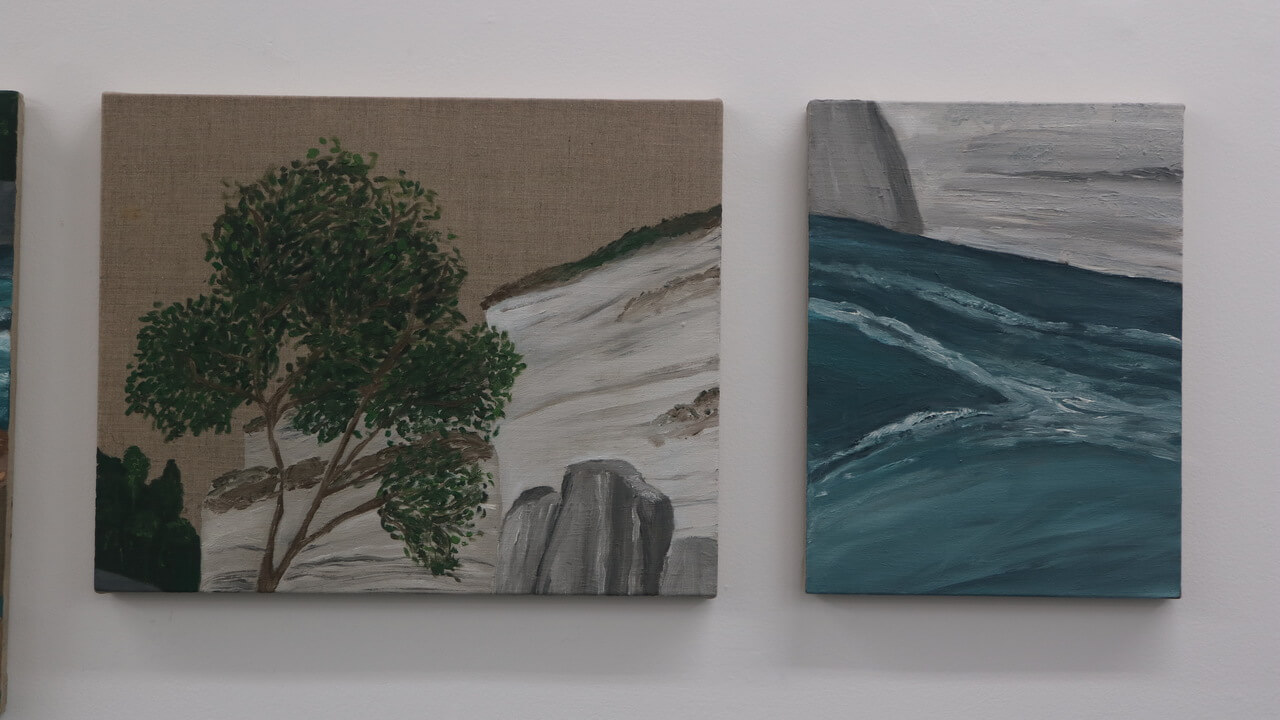


Contingências da memória [Memory contingencies]
Alexandra Ungern | Bina Monteiro | Cláudio Souza | Fernanda Izar | Mariana de Castilho | Rogério Pinto
Curatorship
Paulo Gallina
*Exhibition by the group of artists from the portfolio monitoring course
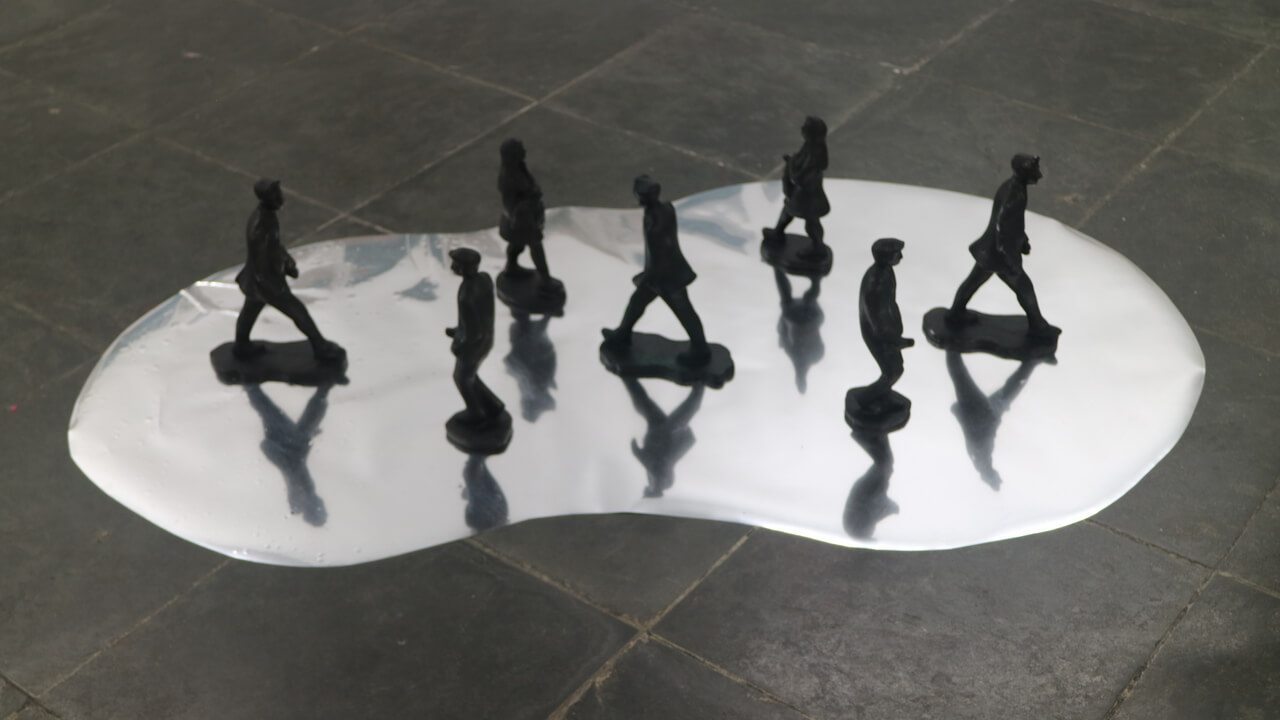
Memory is what gives body to history. Be it the great narrative of human peoples across the globe or the small daily narratives created by the experience of living, history only takes shape and moves away from an abstract study of human behavior when populated by recollections of those who experienced the events. After all, memories can be passed down from generation to generation, perhaps with each generation altering imperceptible details until, in the end, only the myth of what happened is left. What would a myth be if not a story that was repeated until it became an idea and an argument?
It is through history that people forged their identities. Because the definition of what is the same and what is different is purely narrative, especially if we are talking about social dynamics. More, it is through how each individual story is told that subjects are conceived. The contingencies of memory exhibition speculates on how they form and what are the limits of stories and memory. Where does the narration stop and where does the fiction begin, where do you intend the limits of the possible?
The works of Fernanda Izar and Bina Monteiro operate the space. While Fernanda removes the human figure and explores the [mis]paths taken by the subjects, Bina annihilates the landscape highlighting who travels the blank space. Apparently, Fernanda explores the dreamlike possibility, opened up by the support in painting, of bringing together spaces that are absolutely different from each other, in opposition to the harsh behavior imposed, by metal, on Bina Monteiro. Mariana Castilho’s work is based on the secular culture of embroidery in Brazilian houses, appropriating the backstage to discuss the relationship between individuals and consumption today. By superimposing advertising photographs within these small backstage areas, Mariana seems to meditate on how consumption can also define subjectivity, limiting it in terms of the quality of narratives that can be produced.
Distancing themselves from pressing themes in the present, Rogério Pinto, Alexandra Ungern and Cláudio Souza make use of the process of individual and social forging of a subject to build an ideal together with their plastic works. With her clotheslines, Alexandra reiterates a sensitive narrative constructed by images. The sparsely populated landscapes are linked together in a broad story here and there punctuated by texts chosen or written by the artist. Cláudio Souza, in turn, relies on the portrait of powerful political figures questioning the visitor about their conduct and social action. This is not a request for help or engagement, on the contrary, Cláudio doesn’t seem interested in demands or intrusive answers. His work is a provocation to what is expected and what is found in a public agent, almost a mediation between the speeches that each subject receives and what can be done with these words.
Finally, Rogério Pinto’s works accentuate the absurd sensation of breathing. Much can be chosen in life, at the same time no one has exactly the power to choose what happens to them. Life is an individual experience of meeting the world: populated by people, trees, stones and that box you always tap your little toe with when you walk by barefoot. This is how Rogério’s paintings are: more or less arbitrary meetings between individuals crystallized in photographs and the intense frequency in which contemporaneity is lived.
The contingencies of memory that give the exhibition its name become, in the voice of the collective of curators and artists, the limits of contact between people and the world. Everything that is contained and everything that can be contained [and understood] by human beings belongs to the group of events that interest us: ways of understanding what happens and still maintaining some sense of sanity in an experience capable of changing between a second and next. At the end of the visitation, the spectator is expected to realize that the Contingencies of memory are, in fact, individuals in their certainties, although the place of art, perhaps, is to speculate the doubt.
Paulo Gallina
